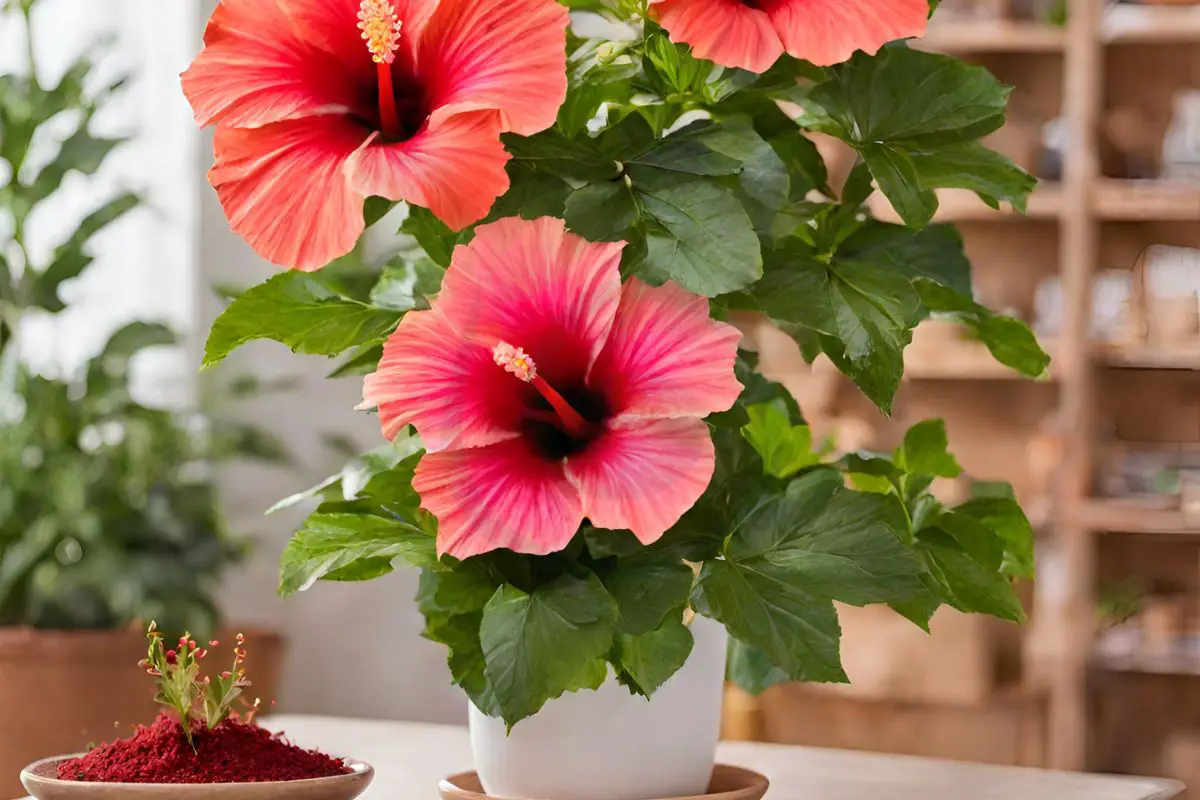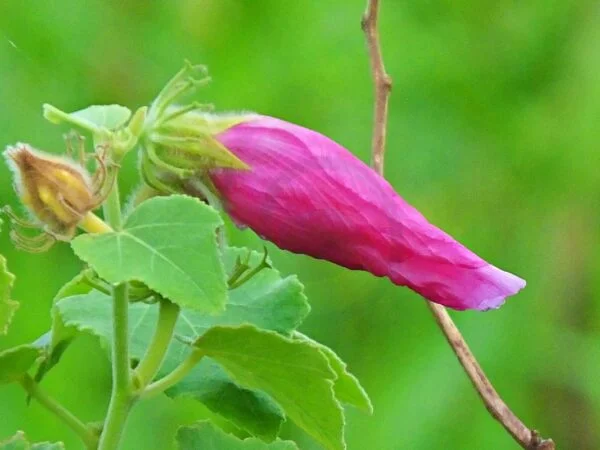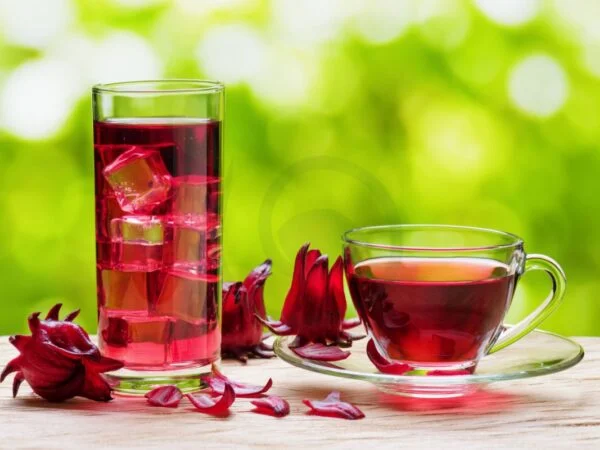If you're wondering if it's possible to grow a hibiscus indoors, the answer is a resounding yes! With the right care, humidity, and conditions, gardeners can enjoy the beauty of hibiscus blooms, stems, and foliage right in your own home.
Key Takeaways
- Choose a sunny spot: Place your hibiscus plant near a window with bright, indirect sunlight for optimal growth.
- Water consistently: Keep the soil moist but not waterlogged, watering when the top inch feels dry to the touch.
- Prune for shape: Regularly trim back leggy growth to encourage a bushier plant and more blooms.
- Feed regularly: Use a balanced fertilizer during the growing season to promote healthy foliage and flowering.
- Monitor for pests: Check your plant regularly for common pests like aphids or spider mites and treat promptly if detected.
- Promote blooming: Provide a cooler environment and reduce watering slightly to encourage hibiscus to bloom.
Choosing Location
Indoor Placement
- Choose a spot with at least 6 hours of sunlight daily.
- Ensure the area is away from drafts and heating vents to prevent stress on the plant.
- Consider rotating the hibiscus for even growth and balanced exposure to light.
Light Requirements
- Provide full spectrum LED lighting for optimal growth and bloom development.
- Adjust light intensity based on plant response to avoid burning or stunted growth.
- Monitor for any signs of light deficiency such as yellowing leaves or leggy growth.
Temperature Factors
Ideal Temperatures
- Maintain temperatures between 60-90°F for healthy growth and vibrant blooms.
- Avoid sudden temperature fluctuations that can shock the plant and lead to damage.
- Use a thermometer to monitor indoor temperatures accurately and make necessary adjustments.
Avoiding Extremes
- Prevent exposing hibiscus to extreme cold or heat by placing them away from windows during winter or air conditioning vents in summer.
- Shield plants from direct exposure to air conditioning or heating sources, which can cause stress on the plant.
- Monitor for signs of wilting or leaf damage due to extreme conditions and take immediate action.
Humidity Levels
- Maintain humidity levels between 50-60% for hibiscus, ensuring they thrive in their indoor environment.
- Consider using a humidifier during dry seasons to maintain optimal humidity levels around the plant.
- Monitor humidity using a hygrometer for accuracy, especially during seasonal changes.
Watering Practices
Correct Watering
Frequency
- Water hibiscus when the top inch of soil feels dry.
- Adjust watering frequency based on plant size and potting mix.
- Avoid overwatering by allowing excess water to drain out.
Quantity
- Water hibiscus until you see runoff to ensure thorough hydration.
- Adjust water quantity based on pot size and drainage capacity.
- Monitor plant response to determine adequate watering amounts.
Drainage Importance
- Use fabric grow pots with good drainage holes.
- Elevate pots to prevent waterlogging and root rot.
- Empty saucers regularly to avoid stagnant water accumulation.
Maintaining proper watering practices is essential for the health of your indoor hibiscus plants. Water hibiscus when the top layer of soil is dry, ensuring that the roots receive adequate moisture without becoming waterlogged. Adjust the frequency of watering based on factors such as plant size, potting mix, and environmental conditions.
To prevent overwatering, it's crucial to allow excess water to drain out from the bottom of the pot. This helps avoid root rot and other issues caused by standing water. Observing how quickly the soil dries out after watering can guide you in adjusting the frequency of watering sessions.
When watering your indoor hibiscus, aim for thorough hydration by ensuring that water reaches all parts of the root system. Water the plant until you see water running out from the bottom of the pot, indicating that the roots have received sufficient moisture. Monitoring how quickly or slowly the water drains can help you adjust the amount of water given during each session.
Proper drainage is key to preventing water-related problems in indoor hibiscus plants. Opt for fabric grow pots with adequate drainage holes to allow excess water to escape easily. Elevating pots slightly using pot feet or a stand can further aid in drainage by preventing waterlogging at the bottom. Regularly emptying saucers under pots helps prevent stagnant water accumulation, reducing the risk of root rot and other issues associated with poor drainage.
Pruning for Growth
Pruning Basics
Regularly prune dead or damaged branches to promote new growth and maintain plant health. Control the shape and size of your indoor hibiscus by trimming as needed. To prevent the spread of diseases, always sterilize your pruning tools before each use.
Encouraging Blooming
Timing
Stimulate new growth by pruning your hibiscus after flowering. Avoid heavy pruning during winter months to protect the plant's overall health. For consistent maintenance, schedule pruning sessions every few months.
Techniques
For precise cuts, opt for sharp and clean scissors when pruning your hibiscus. To encourage bushier growth, consider employing pinching techniques. Train the branches to achieve the desired shape and structure for optimal blooming.
In the previous section on "Watering Practices," we discussed the importance of providing adequate moisture for indoor hibiscus plants to thrive. Now, let's delve into another essential aspect of caring for these vibrant flowers: pruning. Proper pruning techniques not only help in maintaining a healthy plant but also play a crucial role in promoting robust growth and abundant blooming.
When it comes to ensuring optimal growth, timely pruning is key. By removing dead or damaged branches regularly, you create space for new growth to flourish. Moreover, shaping and controlling the size of your hibiscus through trimming not only enhances its aesthetic appeal but also contributes to overall plant vigor.
To encourage a profusion of blooms on your indoor hibiscus, it's vital to adopt effective pruning practices. By following a systematic approach that includes sterilizing tools, selecting the right timing post-flowering, and implementing suitable techniques like pinching and branch training, you can set the stage for a healthy and visually stunning plant display.
Fertilizing Hibiscus
Selecting Fertilizer
- Choose a balanced fertilizer specifically formulated for flowering plants to support healthy growth and vibrant blooms.
- Opt for slow-release fertilizers to ensure a steady and consistent supply of nutrients over time.
- Consider organic options such as compost or manure to promote long-term soil health and sustainability.
Application Schedule
- Feed your hibiscus every third watering to maintain a balanced and adequate nutrient intake.
- Adjust the feeding frequency based on the plant's growth stage, increasing during active growth periods.
- Always follow the specific manufacturer instructions provided on the fertilizer packaging for optimal application results.
Pests and Diseases
Common Pests
Aphids, spider mites, and whiteflies are common pests that can affect indoor hibiscus plants. These pests feed on plant sap, causing damage to the leaves and flowers. To combat these pests, regularly inspect your hibiscus for any signs of infestation. Neem oil or insecticidal soap are effective remedies for controlling these pests without harming the plant. Early detection is key to preventing severe damage, so make it a habit to check the leaves frequently.
- Watch out for:
- Aphids
- Spider mites
- Whiteflies
- Use neem oil or insecticidal soap for pest control.
- Inspect leaves regularly for early pest detection.
Disease Prevention
Preventing fungal diseases in indoor hibiscus plants is crucial for their health. One key method is to avoid overhead watering, as excess moisture can create a favorable environment for fungal growth. Ensure good air circulation around the plant by placing it in a well-ventilated area. Promptly remove any infected plant parts to prevent the spread of disease within the plant.
- Prevent fungal diseases by avoiding overhead watering.
- Maintain good air circulation to reduce disease risk.
- Remove and dispose of infected plant parts promptly.
Encouraging Flowering
Light Exposure
Hibiscus plants require adequate sunlight to bloom indoors. Avoid direct midday sun to prevent leaf scorch. Rotate pots for even light distribution and healthier growth.
Feeding for Flowers
During flowering, use Jack's Classic Blossom Booster to enhance blooming. Adjust feeding strength based on plant response for maximum blooms. Monitoring changes ensures the best results.
Repotting Essentials
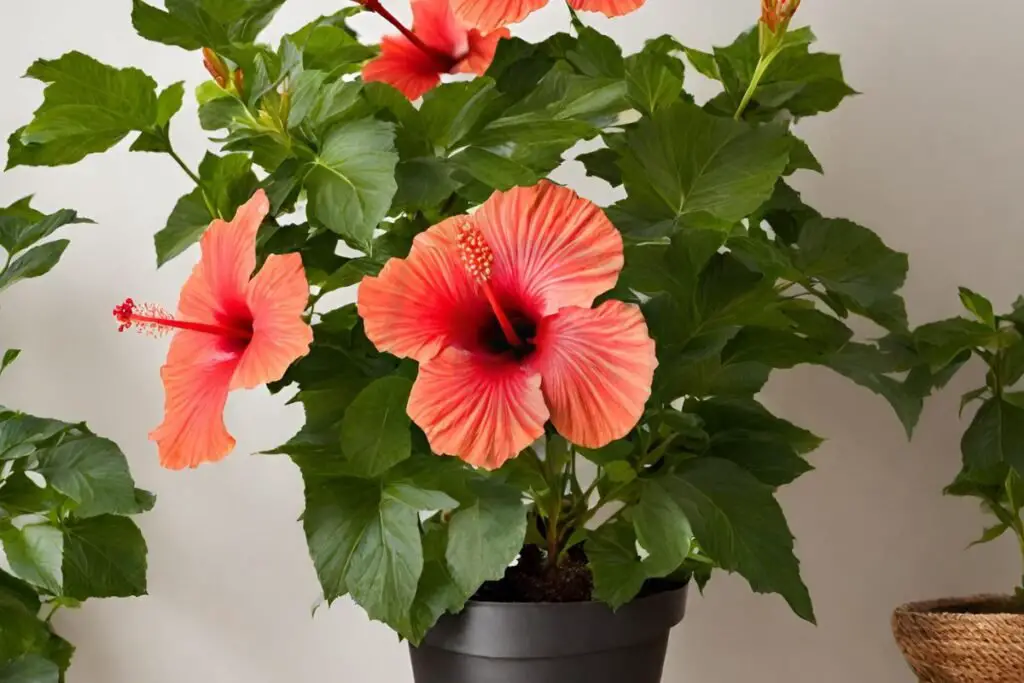
When to Repot
Repot hibiscus plants when their roots start to outgrow the current container, indicating the need for more space. During repotting, it's essential to refresh the potting mix to provide vital nutrients for healthy growth. Opt for a slightly larger pot to allow ample room for root expansion and prevent overcrowding.
- Repot hibiscus when roots outgrow the current container.
- Refresh potting mix during repotting for nutrient replenishment.
- Choose a slightly larger pot to accommodate root growth.
Choosing Soil
When selecting soil for repotting, opt for a well-draining potting mix that is rich in organic matter. Enhance drainage by considering the addition of perlite or sand to the soil mixture. Avoid using compacted soils that can impede root development and hinder overall plant health.
- Select well-draining potting mix rich in organic matter.
- Consider adding perlite or sand for improved drainage.
- Avoid compacted soils that hinder root development.
Seasonal Care Tips
Winter Care
During the dormant winter period, reduce watering frequency to prevent overwatering and root rot. Shield your hibiscus from cold drafts and sudden temperature drops that can harm the plant. If needed, relocate your plants to warmer spots indoors for better survival chances.
Summer Adjustments
In hot summer months, increase watering frequency to keep up with the plant's hydration needs. Shield the hibiscus from direct sunlight during peak hours to avoid heat stress. Regularly check the soil moisture levels to ensure your plant thrives in warmer conditions.
Troubleshooting Issues
Yellow Leaves
Yellow leaves on your indoor hibiscus can signal overwatering or nutrient deficiencies. Trim affected leaves to promote new growth and adjust watering and feeding schedules accordingly.
- Check for overwatering or lack of nutrients causing yellowing.
- Trim yellow leaves to stimulate fresh growth.
- Adjust watering and feeding routines to tackle the issue effectively.
Dropping Buds
When buds start dropping, investigate potential triggers like temperature fluctuations or pest infestations. Consistent care routines are crucial for stabilizing bud development.
- Look into factors such as temperature changes or pest attacks.
- Maintain a steady care regime to support healthy bud formation.
- Swiftly address any underlying problems to prevent further bud drop issues.
Closing Thoughts
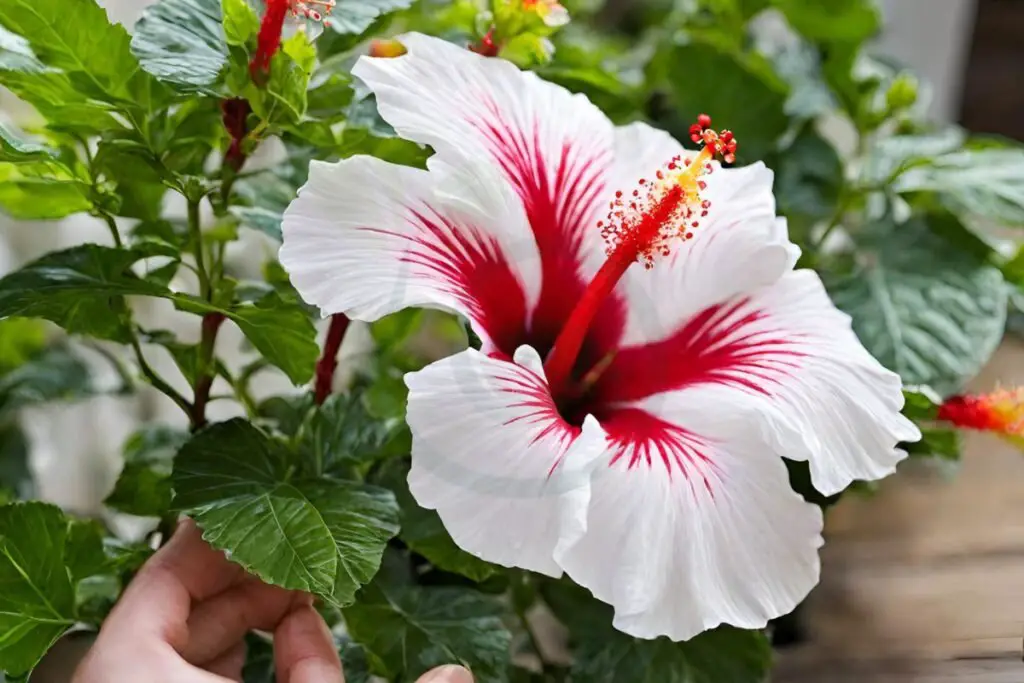
In your quest to grow hibiscus indoors, you've learned about essential care practices like choosing the right location, watering correctly, pruning for optimal growth, fertilizing adequately, managing pests and diseases, encouraging blooming, repotting when necessary, and seasonal care tips. By following these guidelines, you can ensure your indoor hibiscus thrives and blooms vibrantly all year round. Remember to stay vigilant in troubleshooting any issues that may arise to maintain your plant's health and beauty.
Now that you're equipped with the knowledge to nurture your indoor hibiscus successfully, go ahead and put these tips into action. Share your newfound expertise with fellow plant enthusiasts and continue exploring the world of indoor gardening. Your green thumb will only grow greener with each new plant you welcome into your home garden!
Frequently Asked Questions
Can I grow a hibiscus indoors?
Yes, you can grow hibiscus indoors. Ensure your plant receives ample sunlight, consistent watering, and proper fertilization to thrive indoors.
How often should I water my indoor hibiscus?
Water your indoor hibiscus when the top inch of soil feels dry to the touch. Ensure good drainage to prevent root rot.
When should I prune my indoor hibiscus for growth?
Prune your indoor hibiscus in early spring before new growth appears. Remove dead or leggy branches to encourage new growth and maintain a compact shape.
How do I fertilize my indoor hibiscus?
Fertilize your indoor hibiscus every 4-6 weeks during the growing season with a balanced fertilizer high in potassium to promote blooming.
What are common pests and diseases that affect indoor hibiscus plants?
Common pests include aphids, spider mites, and whiteflies. Diseases like powdery mildew and leaf spot can also affect hibiscus. Regularly inspect your plant for signs of infestation or disease and take appropriate measures promptly.
Image Source: Paid image from CANVA

